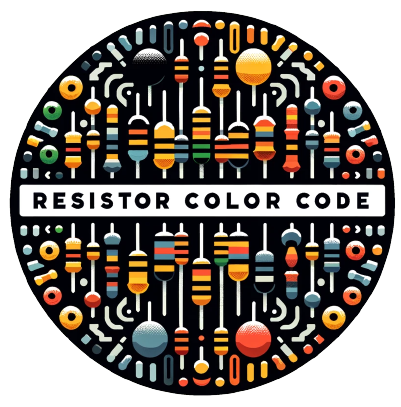When discussing resistor color codes, especially in educational, professional, and hobbyist settings, it’s important to establish a set of terms and conditions to ensure accurate communication, safety, and compliance with standards. These terms and conditions might cover the interpretation of color codes, their application in various environments, and the liabilities associated with misinterpretation or misuse. Here’s an overview of key points that might be included in such a framework:
1. Accuracy and Interpretation
- Users should interpret resistor color codes according to the International Electrotechnical Commission (IEC) standard IEC 60062. Deviations from this standard should be clearly noted.
- While efforts are made to ensure the accuracy of color code information provided in resources (manuals, tutorials, software tools), the ultimate responsibility for verifying the resistance value lies with the user, using appropriate measuring instruments.
2. Application and Environment
- Resistor color codes are designed for use in ambient temperatures unless otherwise specified. Extreme temperatures, humidity, or other environmental factors may affect the visibility and interpretation of color bands.
- Special conditions, such as high-voltage or high-precision applications, may require additional considerations beyond standard color code interpretations.
3. Safety
- Misreading resistor color codes, especially in critical applications, can lead to circuit malfunctions, component damage, or safety hazards. Users should exercise caution and double-check values in critical applications.
- In educational settings, instructors should emphasize the importance of safety and accuracy when teaching resistor color codes.
4. Liability
- Manufacturers and distributors of resistors cannot be held liable for damages arising from the incorrect interpretation of color codes by users. It is the user’s responsibility to ensure the correct component is used for their application.
- Educational and informational resources, including websites and textbooks, should disclaim liability for errors in color code interpretation and the consequential damages.
5. Updates and Standards Compliance
- The resistor color code system is subject to updates and revisions. Users should refer to the latest standards and manufacturer datasheets for the most current information.
- Compliance with local, national, and international standards regarding electronic components and their marking is essential. Users should be aware of and adhere to these standards in their work.
6. Special Cases and Exceptions
- Non-standard color codes, obsolete standards, or proprietary coding systems used by certain manufacturers should be clearly identified and described in documentation where relevant.
- Users should be aware that some resistors, such as surface-mount devices (SMDs) or specialized components, may not follow the traditional color band system and may require alternative methods of identification.
7. Intellectual Property
- The resistor color code system, as a standard, is in the public domain. However, specific educational materials, software, and tools developed to teach or interpret these codes may be protected by copyright. Users should respect these intellectual property rights.
Conclusion
Establishing clear terms and conditions for the use and interpretation of resistor color codes is crucial for ensuring safety, accuracy, and compliance with standards. Whether for educational purposes, professional projects, or hobbyist activities, adhering to these principles helps maintain the integrity of electronic designs and protects users from potential hazards associated with incorrect component usage.
